First Online With Fran Episode 2: Brooklyn Theatre Arts High School Students Speak Out
On April 5, 2013 First Online With Fran asked a group of students from Brooklyn Theatre Arts High School to respond to this statement, "The Arts are extra-curricular and disposable."…
